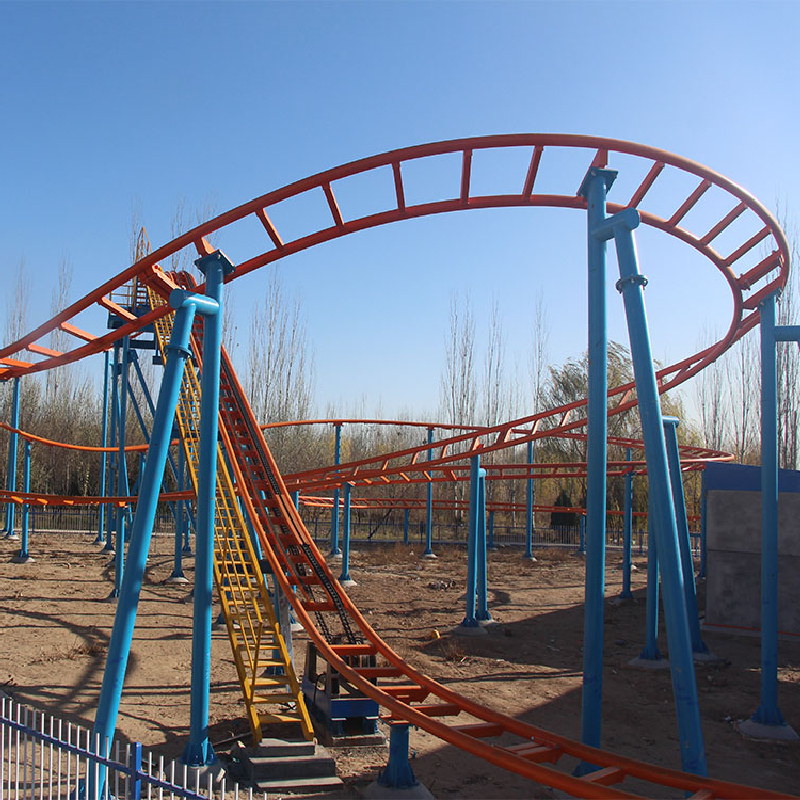- Albanian
- Arabic
- Belarusian
- Bengali
- Czech
- English
- French
- German
- Hebrew
- Hungarian
- Indonesian
- irish
- Italian
- Japanese
- kazakh
- Persian
- Russian
- Thai
- Uzbek
- Vietnamese
Innovative Concepts for Roller Coaster Car Design and Safety Enhancements
The Design of Roller Coaster Cars An Engineering Marvel
Roller coasters have fascinated thrill-seekers for decades, offering adrenaline-pumping experiences that are hard to match. At the heart of these exhilarating rides lies a critical component the roller coaster car. The design of roller coaster cars is an intricate blend of engineering, safety, comfort, and aesthetics. Understanding the key aspects involved in their design reveals just how much thought goes into creating these thrilling machines.
Safety First
First and foremost, the safety of riders is the primary concern in roller coaster car design. Engineers must ensure that each car can withstand the immense forces generated during a ride, including rapid acceleration, sharp turns, and sudden braking. The materials chosen for construction, often a combination of high-strength steel and lightweight composites, play a significant role in maintaining structural integrity and safety.
Additionally, the restraint system is paramount. Most modern roller coasters utilize over-the-shoulder harnesses, lap bars, or a combination of both to secure riders. These restraint systems are designed not only to keep passengers safe during the ride but also to be easy to operate, allowing for quick loading and unloading. Engineers perform rigorous tests and simulations to ensure that these systems will perform flawlessly under extreme conditions.
Comfort Matters
While safety is crucial, comfort cannot be overlooked. A well-designed roller coaster car minimizes discomfort and maximizes enjoyment. Factors such as seating arrangement, padding, and legroom are carefully considered. Different roller coasters cater to varying body types; for example, some designs feature wider seats for larger individuals, while others are designed to snugly fit the average rider.
roller coaster car design

Suspension systems also come into play, as they help absorb shocks and minimize jarring movements during the ride. The introduction of advanced technologies such as computer-aided design (CAD) allows engineers to simulate various aspects of the ride experience, ensuring that the car can handle the twists and turns without subjecting passengers to excessive G-forces or discomfort.
Aesthetics and Theme
Beyond safety and comfort, the design of roller coaster cars often incorporates aesthetics and thematic elements. Amusement parks strive to create a cohesive experience where the ride complements its surrounding environment. This can result in roller coaster cars that are designed to mimic the ride’s theme, whether it be a pirate ship, a futuristic spaceship, or a wooden classic. Color schemes, shapes, and even sound effects can enhance the overall experience, making each ride unique.
Innovations in design also allow for custom-shaped cars that provide an immersive experience. For instance, some coasters feature cars that sway or pivot during the ride, adding an extra layer of excitement. These innovations are often aimed at enhancing the ride’s storytelling aspect, allowing the design to transport riders into a different world, even before the ride begins.
Conclusion
The world of roller coaster car design is a fascinating intersection of safety, comfort, and creative expression. As technology advances, so do the capabilities of engineers to push the boundaries of what’s possible in amusement rides. From ensuring rider safety to providing a thrilling experience wrapped in an aesthetically pleasing package, every element of roller coaster car design is meticulously crafted. As a result, roller coasters will continue to be one of the most exhilarating attractions in amusement parks around the world, captivating riders both young and old.
-
Flume Ride-Hebei Zhipao Amusement Equipment Manufacturing Co., Ltd.|Thrilling Water Attraction&Customizable DesignJul.30,2025
-
Flume Ride - Hebei Zhipao Amusement Equipment | Water Coaster, Thrilling DescentJul.30,2025
-
Flume Ride - Hebei Zhipao | Thrilling Water AttractionJul.30,2025
-
Flume Ride: Thrilling Water Attraction by Hebei Zhipao|Log Flume Manufacturers&Flume Ride DesignJul.30,2025
-
Flume Ride-Hebei Zhipao Amusement Equipment Manufacturing Co., Ltd.|Thrilling Water Coaster, Safe DesignJul.30,2025
-
Flume Ride-Hebei Zhipao Amusement Equipment Manufacturing Co., Ltd.|Thrilling Water Attraction, Safe DesignJul.30,2025
